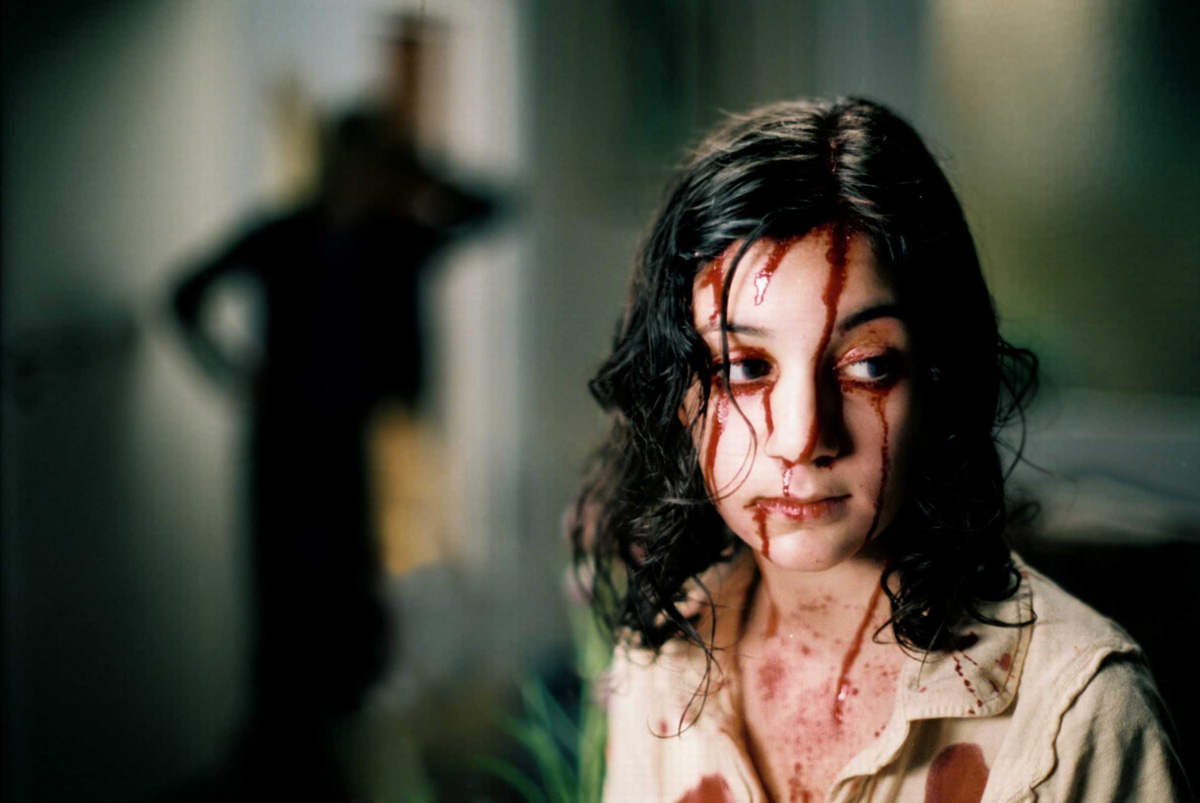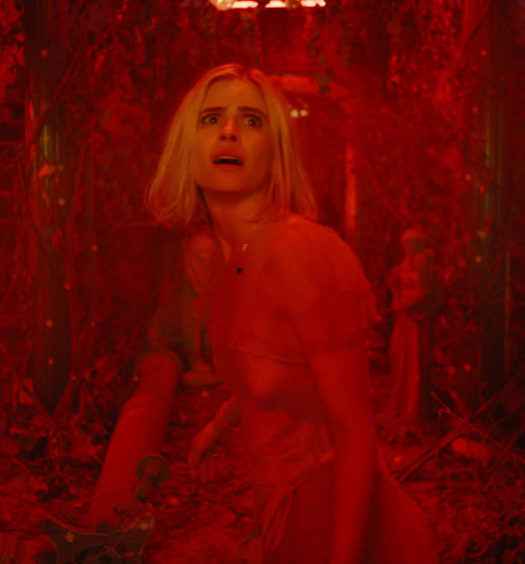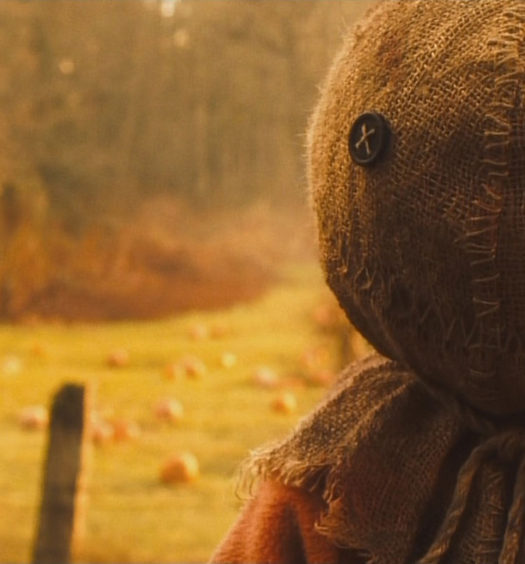Coming-Of-Age Allegory
While Nosferatu and The Last Man On Earth showed us adults dealing with a vampire epidemic, the glorious 80’s brought the concept squarely into youth culture. While vampires and vampirism had always been a metaphor for sexual exploration, vampire films of the eighties squarely addressed puberty, sexual awakening, and teenage angst. This movement brought us some extremely memorable films. The Lost Boys might be the most well-known from this era, kickstarting careers of Keifer Sutherland, Corey Feldman, and Corey Haim. Joel Schumaker’s over-the-top action and violence left an impression on many an impressionable youth. Meanwhile, Kathryn Bigelow directed a far superior film released that same year in Near Dark, featuring iconic performances from Bill Paxton and Lance Henriksen.
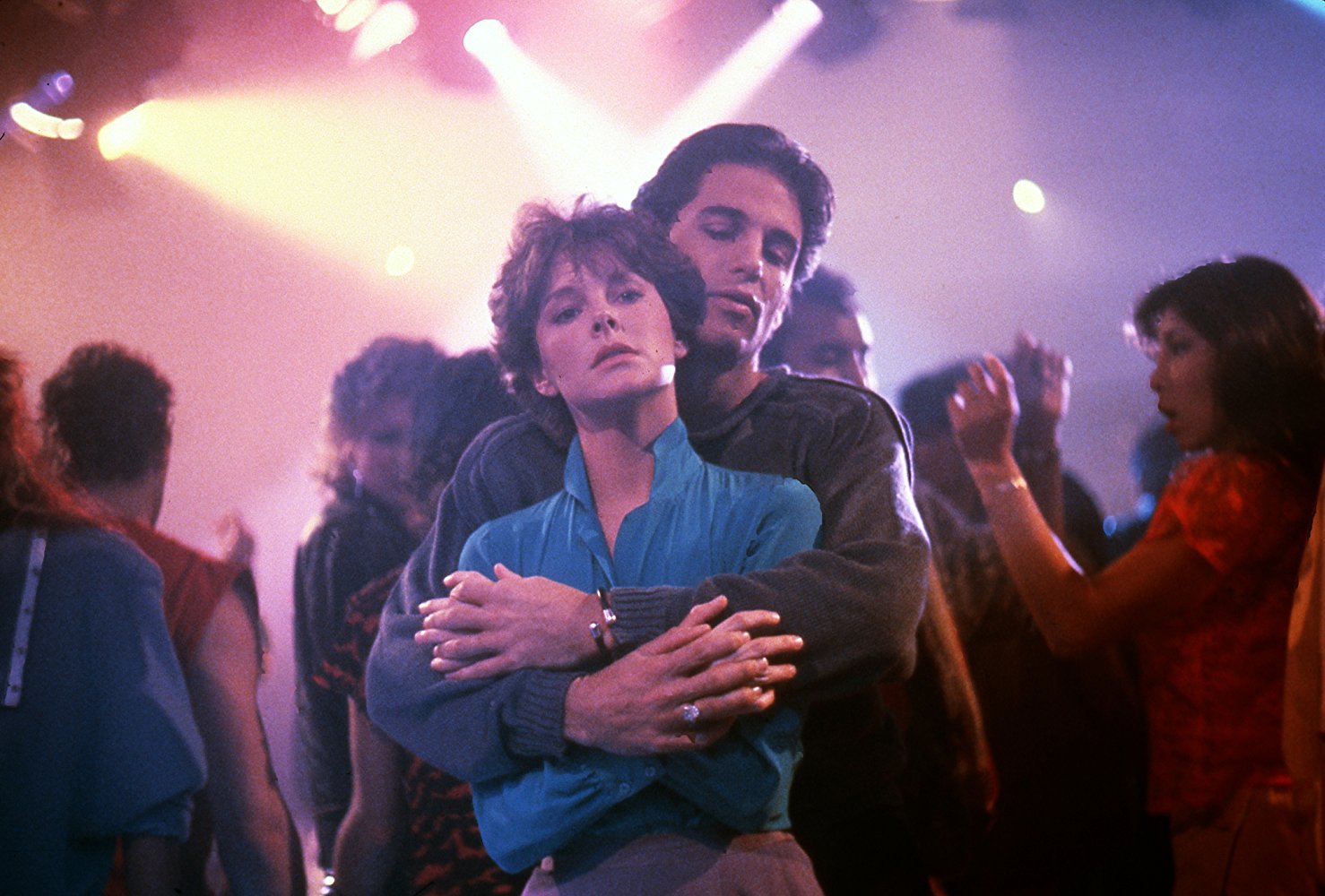
Fright Night leads the protagonist through a tense night-club sequence
However, the most influential vampire film of this oeuvre is easily Fright Night. Tom Holland’s 1985 masterpiece brings us a brilliant metaphor for the existential boredom of suburban life, along with a memorable performance from Chris Sarandon. Sarandon’s Jerry Dandrige serves as a sort of modern day Dracula: handsome, suave, and desirable in a distinctly Colin Farrell kind of way. By exploiting the protagonist Charley’s insecurities, and seducing his girlfriend, Amy, Fright Night leads the protagonist through a tense night-club sequence. Action-inspired vampire flicks of the 90’s like Blade and From Dusk ‘Til Dawn would later up the ante with night club scenes of their own.
The Culture Clash
While 80’s kids tended to solve vampire conflicts on their own, the 90’s ushered in an era of inter-generational teamwork. Along with it, of course, came the inevitable humor from the juxtaposition of the generational divide. Our next pick, while not great filmmaking, is nevertheless a mandatory top five inclusion. In 1992, Joss Whedon wrote a script for Buffy the Vampire Slayer, which was adapted to mixed reviews and moderate box office success by Fran Rubel Kuzui.
While most admit the film largely failed, the concept of a teenage girl destined to fight the forces of darkness struck a chord that led to the best vampire television series of all time. Even more importantly, had the film fired perfectly on all cylinders, Whedon may not have felt the need to even create the show in the first place.
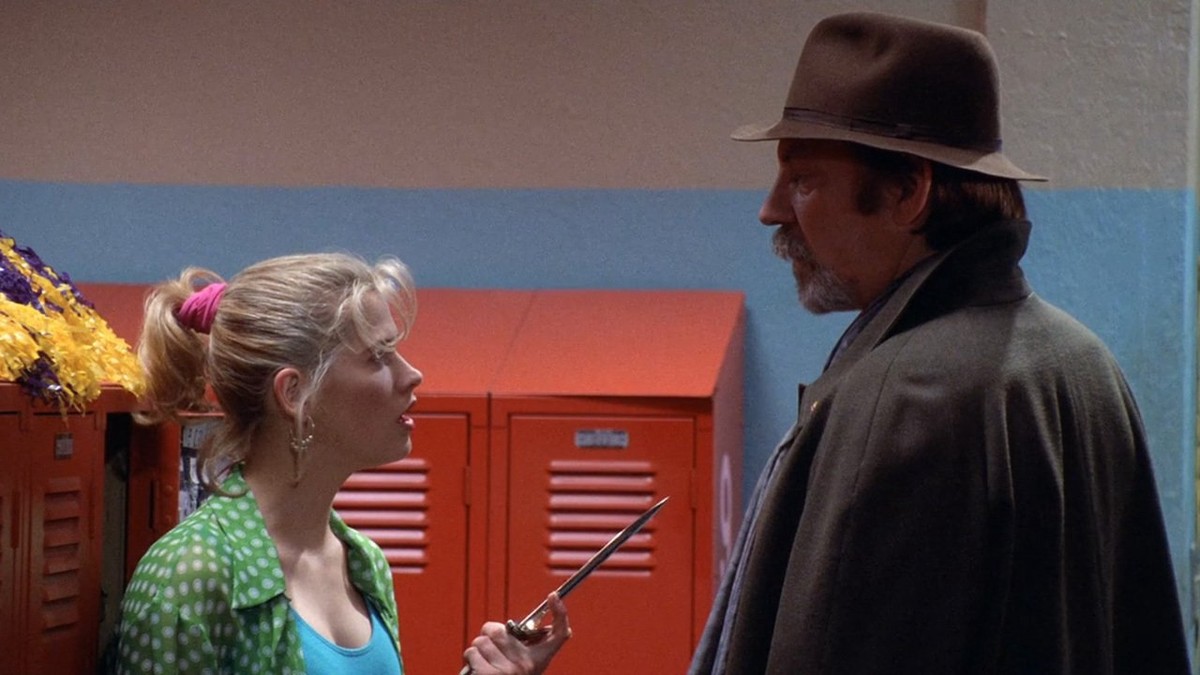
the 90’s ushered in an era of inter-generational teamwork
Thankfully, the Buffy series launched the careers of Sarah Michelle Gellar, Alyson Hannigan, and David Boreanaz, an LA-based spin-off in Angel, and a set of amazing graphic novels. All of this centered around characters that would never have existed but for a goofy, campy film from an era when even the “serious” vampire films were, themselves, goofy and campy. Thus, while we may not revisit it as often as the others, Buffy the Vampire Slayer provided incomparable contributions to our vampire subculture.

